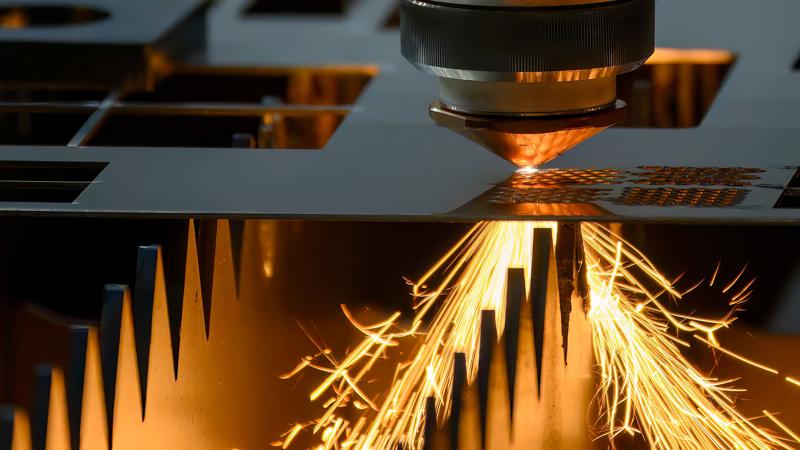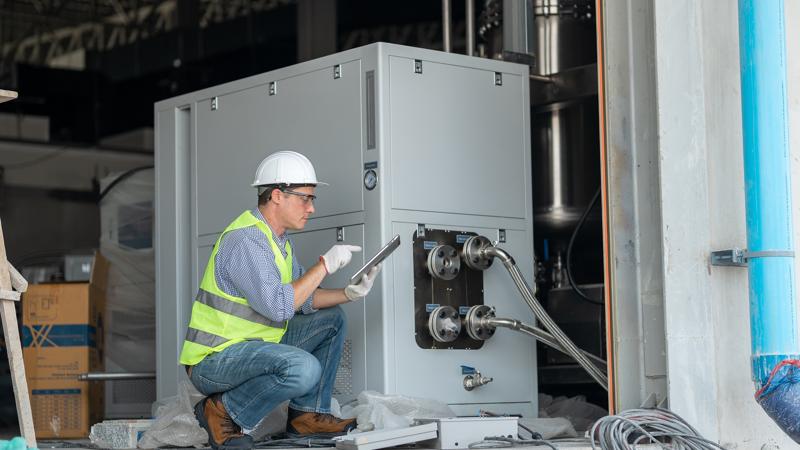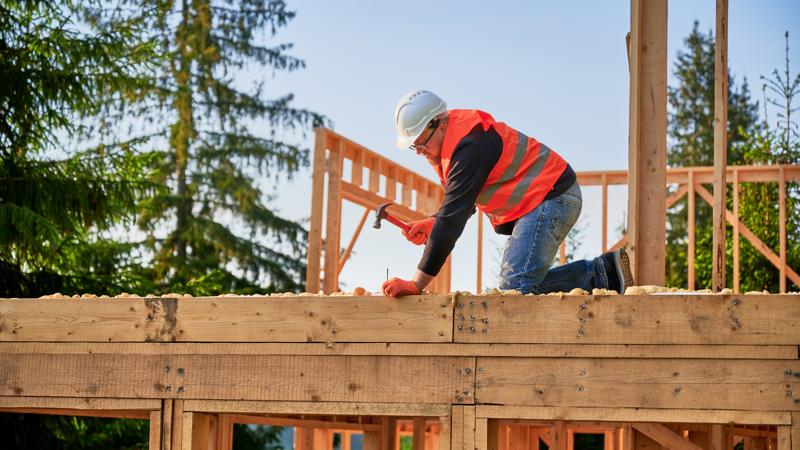"Steel Supply Today in the USA"
 "\n\n""
"\n\n""Welcome to an intriguing discussion about the current state of steel supply within the United States. As a paramount pillar in the fabric of today's global economic infrastructure, the dynamics surrounding the American steel supply chain are essential in understanding the broader landscape of industrial productivity, infrastructural development, and national defense. In the ensuing text, we'll present an exploration of the state of steel supply, making pit stops at various key tenets of the topic. We delve into the challenges, the strategies, the evolving dynamics, and the future outlook.
Steel in the American Industry
The American steel industry is an integral part of the country's economic engine. The industry directly employs more than 142,000 individuals and indirectly supports more than 2 million jobs. Steel is critical in the construction, automotive, oil and gas, machinery, transportation, and numerous other sectors, pretty much the backbone of US manufacturing.
In terms of numbers, in 2020, the USA was the fourth largest steel producer worldwide, with a production volume of around 72 million metric tons. The American Iron and Steel Institute (AISI) states that the industry shipped nearly 97.5 million tons of steel throughout the US and to every state in the country. These numbers reflect a demand that spans across industries and sectors, a demand that the American steel industry needs to cater to consistently.
External Economic Influence on Steel Supply
The global economic scenario finds an influence upon the steel supply chain in the USA. The well-documented case is the influence of massive Chinese steel production on global steel prices. However, even other foreign markets like Europe and South America can sway the American steel supply chain due to fluctuations in their steel supply and demand equilibriums.
Moreover, economic factors at home also weigh in. The recent tariff policies like the Section 232 Tariffs, enforced in 2018, levied a 25% tariff on steel imports. This has resulted in increased domestic steel prices and tempered reliance on steel imports thereby ramping up the demand for domestic steel supply.
Impact of COVID-19 on Steel Supply
The eventual impact of the COVID-19 pandemic on every sector of the global economy is no secret, and the American steel industry was no exception. The sudden halt in demand during the lockdowns led to production cuts, and layoffs in the sector.
However, as construction, manufacturing, and other industries rebounded, a robust demand for steel followed. This sudden surge, coupled with a strained supply chain due to the pandemic's logistics disruption, resulted in a considerable supply-demand imbalance. With steel mills running at less than full capacity and imports limited, the shortage increased domestic steel prices, driving up costs for steel consumers.
Evolving Dynamics of Steel Supply
No industry operates in a vacuum, and the American steel industry is continually revising its strategies to maintain smooth steel supply. With the advent of technology, the industry is innovatively employing digital platforms and various supply-chain-optimizing frameworks for streamlining its operations.
Furthermore, the industry is responsive to changing market demands. The widespread call for sustainable production methods has led the industry towards environmental stewardship. The industry has focused on reducing emissions with electric arc furnaces and efforts to develop \"green steel\" using hydrogen. Additionally, consolidations for better market control have also been a part of the evolving dynamics. The recent merger of Cleveland-Cliffs and AK Steel is a testament to this strategy.
The Future of Steel Supply in the USA
What does the future hold for the American steel supply chain? The industry is looking at a favorable future boosted by infrastructure investment, the automotive sector recovery, and the kindling manufacturing industry. The AISI stated a steel capacity utilization rate was at an encouraging 77.6% in mid-2021. But it's not just about the demand.
On the supply side, as the industry rebuilds and reshuffles post the pandemic blows, we can expect a more resilient supply chain, one that is more robust, more efficient, and more innovative, cementing the all-important position steel has in the American economic framework.
In conclusion, while challenges persist, with resilience and bold strategies, hope springs eternal for the future of the American steel industry. Remember, steel is more than just a metal, it is the crux of American development, standing as an embodiment of strength, a testament to durability, and a symbol of progress. The state of steel reflects the state of America, and in these steel mills and production units echo the heartbeat of an industrious nation.
\n\n""" ""










